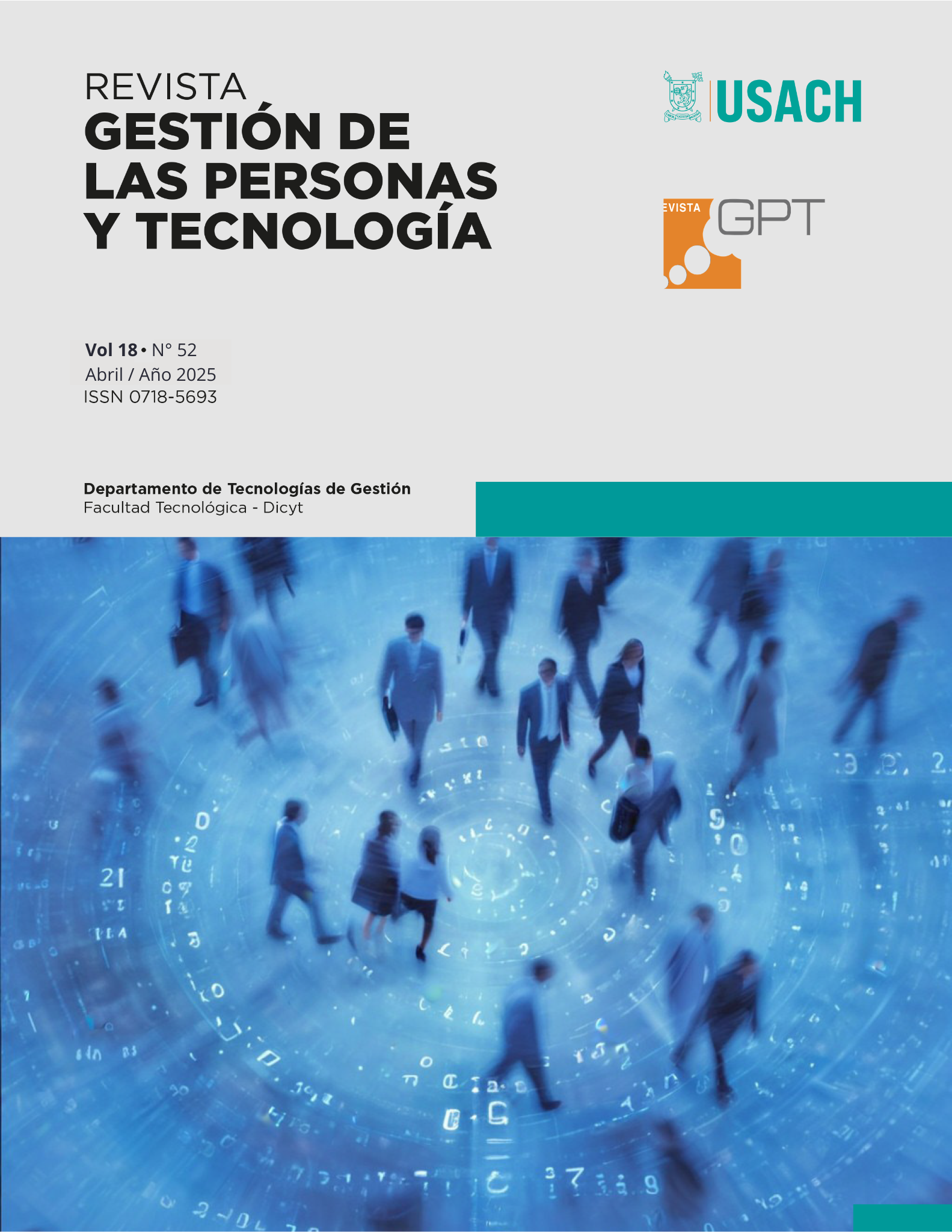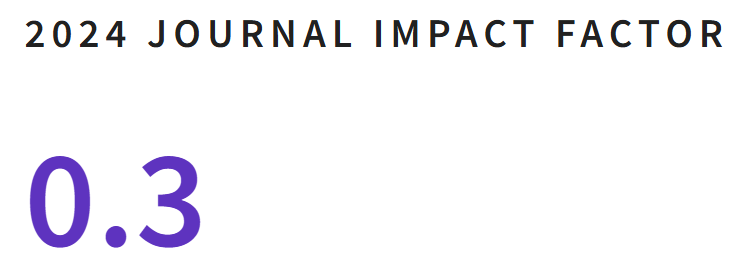Investment in staff training as a determinant of business intangible value
DOI:
https://doi.org/10.35588/dcemdx21Keywords:
intellectual capital, human capital, stock market value, investmentAbstract
Human resources are a source of competitive advantage for many companies, and, often, the most valuable resource. Therefore, its analysis and management is necessary and increasingly important to increase the value of the company. The main objective of this paper is to propose a theoretical model that analyses the influence that investment in human capital has on the total value of companies ‘intangibles. Concretely, we propose a model that analyzes the influence that the accumulated investment in employee training presents on the value of the company´s intangibles.
Downloads
References
Aragón, A., Barba, M. I. y Sanz, R. (1999). Eficacia y resultados de la formación de los recursos humanos en las PYMES. II Workshop International de Recursos Humanos. Universidad de Cádiz y Universidad Pablo de Olavide, Cádiz. https://www.researchgate.net/publication/280563450_Eficacia_y_resulstados_de_la_formacion_de_recursos_humanos_en_las_pymes
Aragón, A., Barba, I., y Sanz, R. (2003). Effects of training on business results. International Journal of Human Resource Management, 14(6), 956- 980. https://doi.org/10.1080/0958519032000106164
Bartel, A. (1994). Productivity gains from the implementation of employee training programs. Industrial Relations, 33(4), 411- 425. https://doi.org/10.1111/j.1468-232X.1994.tb00349.x
Basterretxea, I. (2008). La política de formación como fuente de ventaja competitiva en la experiencia Mondragón. Un análisis desde la visión basada en recursos. (Tesis Doctoral, Universidad del País Vasco). Bilbao, España. https://dialnet.unirioja.es/servlet/autor?codigo=250388
Bassi, L. J., Ludwig, J., MC Murrer, D. P. y Van Buren, M. (2002). Profiting from learning: firm-level effects of training investments and market implications. Singapore Management Review, 24(3), 61-76. https://www.researchgate.net/publication/290162073_Profiting_from_Learning_FirmLevel_Effects_of_Training_Investments_and_Market_Implications
Becker, G. S. y Gerhart, B. (1996). The impact of human resource management on organizational performance: progress and prospects. Academy of Management Journal, 39(4), 779-801. https://doi.org/10.2307/256712
Betcherman, G., Leckie, N. y MCMullen, K. E. (1997). Developing skills in the Canadian workplace: The results of the Ekos Workplace Training Survey. Ottawa: Canadian Policy Research Networks. https://www.voced.edu.au/content/ngv%3A31933
Bontis, N., Keow, W. y Richardson, S. (2000). Intellec¬tual capital and the nature of business in Malaysia. Journal of Intellectual Capital, 1(1), 85-100. https://doi.org/10.1108/14691930010324188
Bukowitz, W. R. y Petrash, G. P. (1997). Visualizing, measuring, and managing knowledge. Research-Technology Management, 40(4), 24-31. https://doi.org/10.1080/08956308.1997.11671139
Cole, R. E. (1998). Introduction, special issue on knowledge and the firm. California Management Review, 40(3), 15-21. https://cmr.berkeley.edu/1998/05/40-3-introduction-special-issue-on-knowledge-and-the-firm/
D´Arcimucles, C. H. (1997). Human Resource Policies and Company Performance: A Quantitative Approach Using Panel Data. Organization Studies, 18(5), 857-874.
https://www.emerald.com/insight/content/doi/10.1108/19348831111121286/full/html
Danvila, L. y Sastre, M. A. (2005). Problemas y propuestas de medición de la formación en la empresa. Cuadernos de Estudios Empresariales, 15, 27-45. file:///C:/Users/bcpgazal/Downloads/_ecob,+CESE0505110027A.PDF.pdf
Davenport, T. H. y Prusak, L. (2001). Conocimiento en acción. Cómo las organizaciones manejan lo que saben. Buenos Aires: Prentice Hall.
https://books.google.es/books/about/Conocimiento_en_acci%C3%B3n.html?id=ULbEswEACAAJ&redir_esc=y
Edvinsson, L. (1997). Developing intellectual capital at Skandia. Long Range Planning, 30(3), 266-373. http://dx.doi.org/10.1016/S0024-6301(97)90248-X
Edvinsson, L. y Malone, M. S. (1997). Intellectual capital: Realizing your company’s true value by finding its hidden brainpower. New York: Harper Collins Publishers.
Fernández, E., Montes, J. y Vázquez, C. (1998). Tipología e implicaciones estratégicas de los recursos intangibles. Un enfoque basado en la teoría de los recursos. Revista Asturiana de Economía, 11, 159-182. http://hdl.handle.net/10651/28655
Finegold, D. y Soskice, D. (1988). The failure of training in Britain: analysis and prescription. Oxford Review of Economic Policy, 4(3), 21-53. https://ideas.repec.org/a/oup/oxford/v4y1988i3p21-53.html
García-Merino, D., Rodríguez, A., Arregui, G. y Vallejo, B. (2008). Importancia y valoración de los intangibles: la percepción de los directivos. Estudios de Economía Aplicada, 26(3), 27-55. http://www.revista-eea.net/documentos/26303.pdf
García-Zambrano, L., Rodríguez-Castellanos, A. y García-Merino, J. D. (2018). Impact of investments in training and advertising on the market value relevance of a company's intangibles: The effect of the economic crisis in Spain. European Research on Management and Business Economics, 24(1), 27-32. https://doi.org/10.1016/j.iedeen.2017.06.001
Gil, M. y Moreno, M. (2013). Driving human resources towards quality and innovation in a highly competitive environment, International Journal of Manpower, 34(8), 839-860.
https://www.emerald.com/insight/content/doi/10.1108/ijm-07-2013-0183/full/html
Gómez-Cedeño, M., Guitart, L., Morantes, S., y Li, Y. (2018). Las personas y la cadena de suministro. Revista de Economía, Empresa y Sociedad, 9, 82-93. https://dialnet.unirioja.es/servlet/articulo?codigo=6813746
Guerrero, S. y Sire, B. (2001). Motivation to train from the workers perspective: example of French companies. International Journal of Human Resource Management, 12(6), 988-1004. http://dx.doi.org/10.1080/713769684
Hansen, M.T., Nohria, N. y Tierney, T. (1999). What's for managing knowledge? Harvard Business Review, 77(2), 106-116. https://www.semanticscholar.org/paper/What%27s-your-strategy-for-managing-knowledge-Hansen-Nohria/152af6bb52343142df3f54e7c16b8f1b99747a6d
Holzer H., Block, R., Cheatham, M. y Knott, J. (1993). Are training subsides for firms effective? The Michigan experience. Industrial and Labor Relations Review, 46(4), 625-636. https://www.jstor.org/stable/2524308
Johanson, U. (2005). A human resource perspective on intellectual capital. En B. Marr, (Ed.), Perspective on intellectual capital. Multidisciplinary insights into management, measurement and reporting. (96-105). London: Routledge. https://doi.org/10.4324/9780080479934
Lev, B. (2001). Intangibles: Management, measurement and reporting. Washington D.C.: Brooking Institution Press. https://ideas.repec.org/a/eee/accoun/v36y2001i4p501-503.html
Lev, B. y Sougiannis, T. (1999). Penetrating the Book‐to‐Market Black Box: The R&D Effect. Journal of Business Finance & Accounting, 26(3‐4), 419-449. https://doi.org/10.1111/1468-5957.00262
Lev, B., Sarath, B. y Sougiannis, T. (2005). R&D reporting biases and their consequences. Contemporary Accounting Research, 22(4), 977-1026. https://doi.org/10.1506/7XMH-QQ74-L6GG-CJRX
Lin, L., Huang, I., Du, P. y Lin, T. (2012). Human capital disclosure and organizational performance: The moderating effects of knowledge intensity and organizational size. Management Decision, 50(10), 1790 – 1799. https://ouci.dntb.gov.ua/en/works/7WeLLJLl/
López, M. A. y Grandío, A. (Coords.) (2005). Capital humano como fuente de ventajas competitivas: algunas reflexiones y experiencias. Madrid: Netbiblo. http://hdl.handle.net/2183/11793
Mabey, C. y Ramirez, M. (2005). Does management development improve organizational productivity? A six-country analysis of European firms. International Journal of Human Resource Management, 16(7), 1067-1082. https://doi.org/10.1080/09585190500143931
Marshall, A. (1890). Principles of economics. London: MacMillan. https://www.econlib.org/library/Marshall/marP.html
Montoya, A., Alveiro, C., Saavedra, B. y Ramiro, M. (2016). El recurso humano como elemento fundamental para la gestión de la calidad y la competitividad internacional. Visión de futuro, 20(2), 1-20. https://hdl.handle.net/20.500.12494/1126
Murugan, M., Sakthivel-Sujatha, T. y Ganapathy, S. (2023). Empirical Study of Human Capital and Its Influence on Business Performance. Journal of Historical Research, 53(1), 1-23. https://ssrn.com/abstract=4439903
Ordiz, M. (2002). Prácticas de alto rendimiento en recursos humanos: concepto y factores que motivan su adopción. Cuadernos de Economía y Dirección de la Empresa, 12, 247-266. https://dialnet.unirioja.es/servlet/articulo?codigo=265967
Pineda, P. (1998). El reto de evaluar la formación en la empresa: herramientas y soluciones. Capital humano. Revista para la integración y desarrollo de los recursos humanos, 11(111), 32-36. https://dialnet.unirioja.es/servlet/articulo?codigo=154804
Rodríguez-Castellanos, A., Ranguelov, S. y García-Merino, J. D. (2006). Intangible resources and value creation in firms: A review. En B. Kilsberg, C. Mercado (Eds.). Los límites de la responsabilidad social de la empresa. Responsabilidad social de la empresa, universidad y desarrollo. (489-496). Buenos Aires: Academia Europea de Dirección y Economía de la Empresa, Universidad de Buenos Aires y Universidad Rey Juan Carlos. https://ojs.ual.es/ojs/index.php/eea/article/view/5669
Salazar, E. M. A. (2008). Capital intelectual y resultados empresariales en las empresas de servicios profesionales de España. Doctoral dissertation: Universidad Complutense de Madrid). https://hdl.handle.net/20.500.14352/48667
Sánchez-Medina, A. J. (2003). Modelo para la medición del capital intelectual de territorios insulares: una aplicación al caso de Gran Canaria. Doctoral Dissertation: Las Palmas de Gran Canaria: Universidad de Las Palmas de Gran Canaria. https://dialnet.unirioja.es/servlet/tesis?codigo=217909
Sels, L. (2002). More is not necessarily better: the relationship between the quantity and quality of training efforts. International Journal of Human Resource Management, 13(8), 1279-1298. https://doi.org/10.1080/09585190210149529
Štaffenová, N. y Kucharčíková, A. (2024). Human capital management values, competencies, and motivation concerning Industry 4.0. Economic Research-Ekonomska Istraživanja, 37(1), 1-22. https://doi.org/10.1080/1331677X.2024.2324160
Teece, D. J. (1998). Capturing Value from knowledge assets: the new economy, markets for know-how, and intangible assets. California Management Review, 40(3), 55-79. https://doi.org/10.2307/41165943
Turcotte, J., Leonard, A. y Montmarquette, C. (2003). New Evidence on the Determinants of Training in Canadian Business Locations. Otawa: Statistics Canada and Human Resource Development Canada. https://catalog.hathitrust.org/Record/009878805
Úbeda, M. (2005). Training and business performance: the Spanish case. International Journal of Human Resource Management, 16(9), 1691-1710. https://doi.org/10.1080/09585190500239341
Ulrich, D. y Brockbank, W. (2006). La propuesta de valor de recursos humanos. Bilbao: Ed. Deusto. https://es.scribd.com/document/649175676/Ulrich-y-Brockbank-2013-La-propuesta-de-valor-de-Recursos-Humanos-capitulo-1
Veselinović, N., Krstić, B. y Rađenović, T. (2022). The impact of human capital value on human capital efficiency and business performance. Economics and Organization, 19(1), 13-26. https://doi.org/10.22190/FUEO211118002V
Veselinović, N., Krstić, B. y Veselinović, M. (2020). Measuring the efficiency of human capital. Economics of sustainable development, 5(2), 1-17. https://doi.org/10.5937/ESD2102001V
Yang, C. y Lin, C. (2009). Does intellectual capital mediate the relationship between HRM and organizational performance? Perspective of a healthcare industry in Taiwan. International Journal of Human Resource Management, 20(9), 1965-1984. https://doi.org/10.1080/09585190903142415
Downloads
Submitted
2024-11-11Published
Issue
Section
License
Copyright (c) 2025 People and Technology Management Journal

This work is licensed under a Creative Commons Attribution 4.0 International License.










